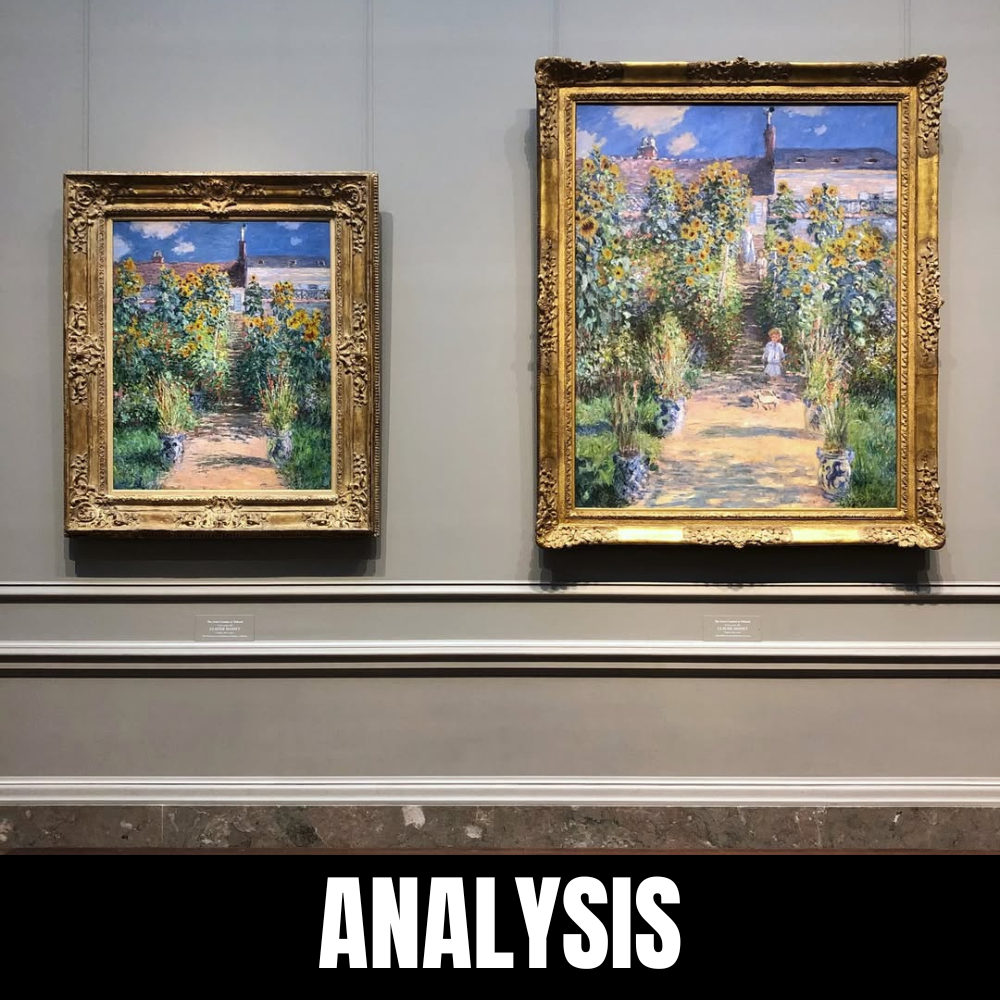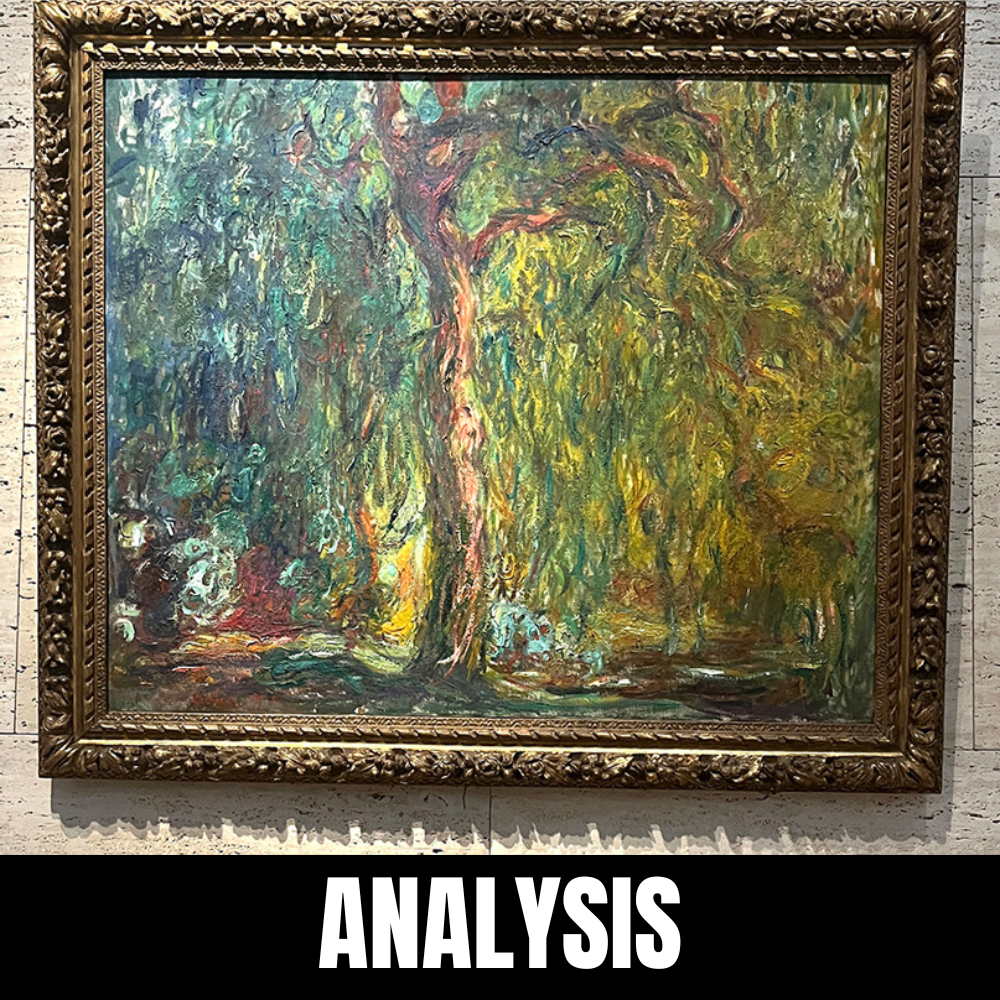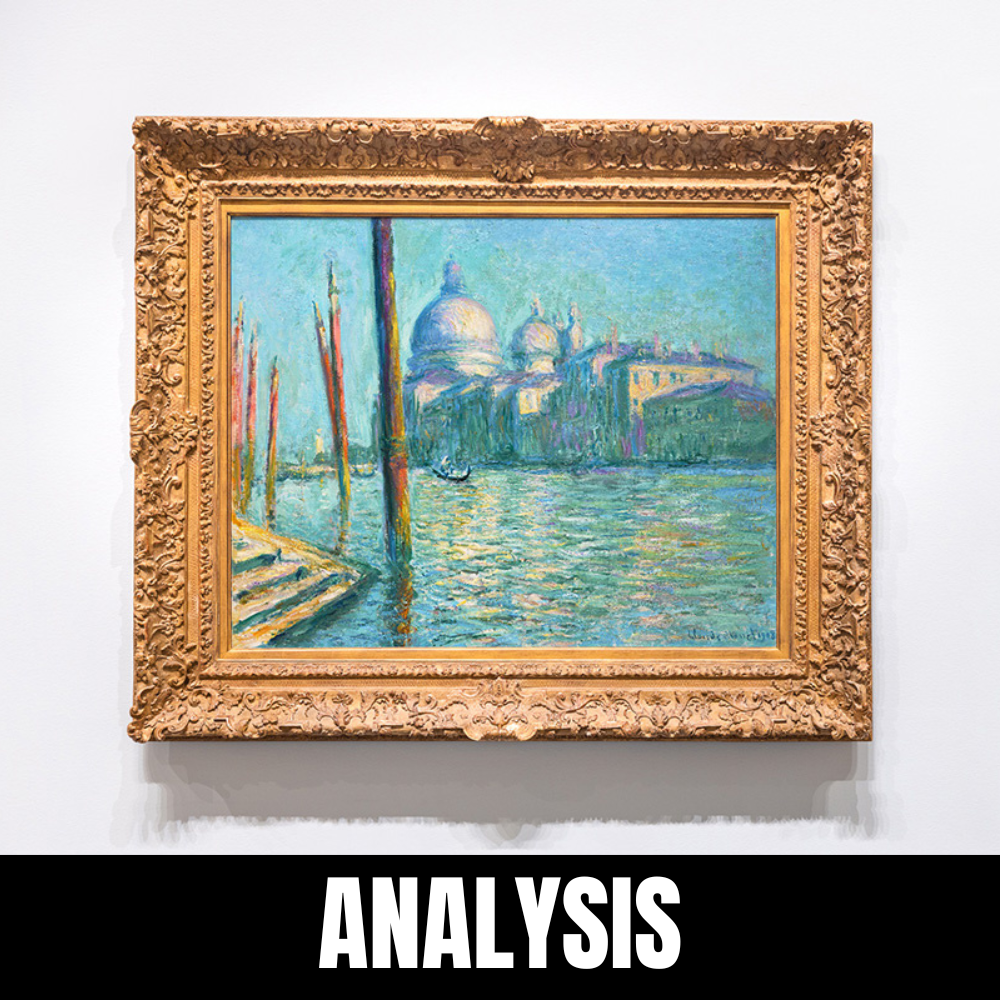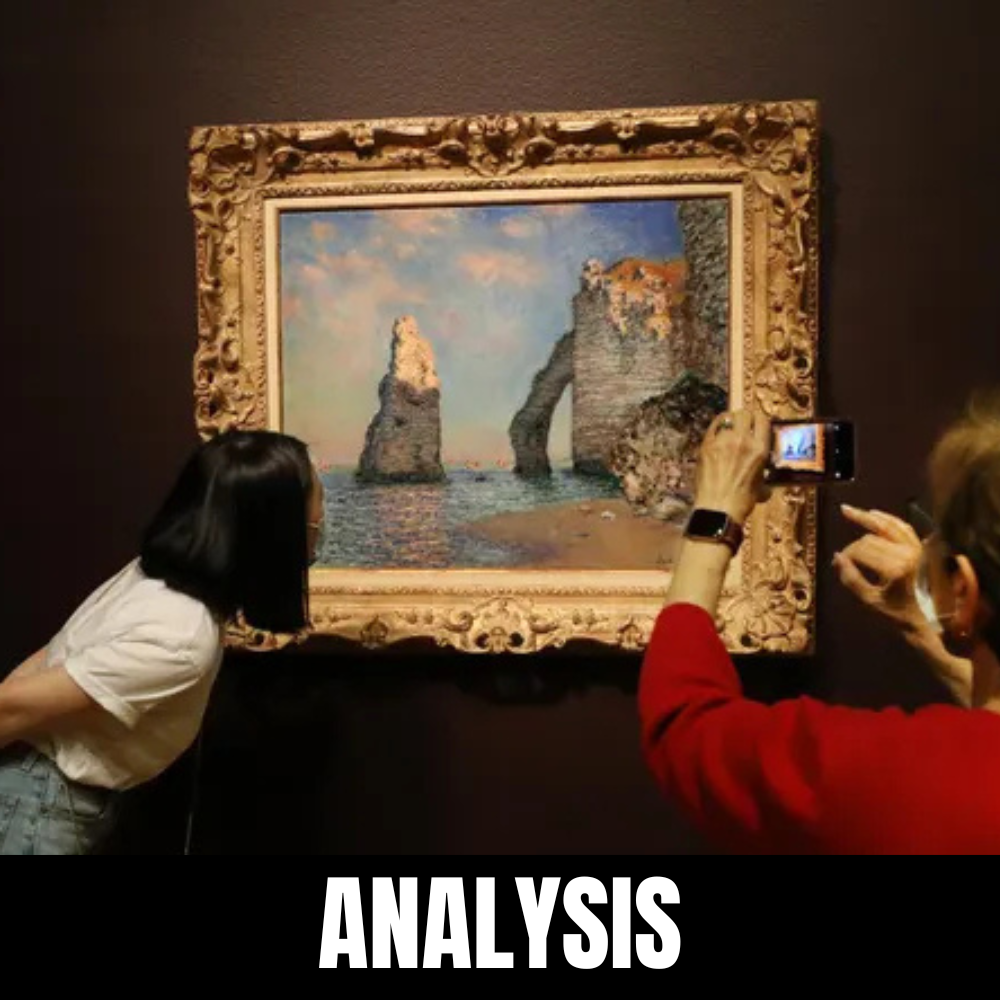Your cart is currently empty!

Johanna Van Gogh-Bonger is a pivotal yet often overlooked figure in art history, crucial to the preservation and promotion of her renowned brother-in-law Vincent Van Gogh’s work. As the widow of Théo Van Gogh, she played a decisive role in the recognition and dissemination of Vincent’s artworks, transforming his artistic legacy. This article delves into the remarkable life of Johanna Van Gogh-Bonger and her lasting impact on the history of art.

Family Background and Marriage
Born in 1862, Johanna Van Gogh-Bonger, originally Johanna Bonger, came from a respectable Dutch family. She met Théo Van Gogh in 1888, and they married the following year. Their marriage deeply connected Johanna to Vincent, and she became a crucial pillar in his life, providing essential support during challenging times. Marrying Théo not only integrated Johanna into the Van Gogh family but also strengthened her commitment to preserving Vincent’s artistic legacy.

Life After Théo’s Death
Théo’s death in 1891 left Johanna with a heavy responsibility. As the executor of his estate, she had to manage Théo’s legacy, including Vincent’s works. This task was not only an administrative burden but also an emotional challenge, as Johanna strived to honor her late husband’s wishes while preserving Vincent’s memory. Théo’s death marked the beginning of her intense commitment to Vincent’s works.

Preservation and Promotion of Vincent’s Works
Johanna Van Gogh-Bonger dedicated much of her life to preserving and promoting Vincent’s works. She meticulously organized and cataloged the artworks, working tirelessly to bring them to public attention. By collaborating with gallery owners and art critics, she succeeded in drawing attention to Vincent’s paintings, contributing to their recognition in the art world. The Van Gogh Museum is a prime example of how her efforts have led to the ongoing celebration of Vincent’s legacy.

Correspondence and Testimonials
The letters exchanged between Vincent and Théo, as well as those written by Johanna, play a crucial role in archiving and disseminating Vincent’s work. Johanna ensured that these letters were published, providing invaluable insights into Vincent’s life and artistic vision. The Van Gogh letters have now become essential documents for understanding his art and his time.

Johanna’s Influence on Vincent’s Reputation
Through Johanna’s tireless efforts, Vincent Van Gogh gained the recognition he deserved. Prior to her actions, Vincent was not widely known, and his works were often undervalued. Johanna played a key role in rehabilitating Vincent’s image, contributing to his status as a master of modern art. Critics and the public gradually came to recognize the significance of his work, largely thanks to Johanna’s relentless dedication.

Johanna’s Life After Vincent
After securing Vincent’s legacy, Johanna continued to lead an active life. She became involved in various projects and remained committed to the arts. Despite facing personal challenges, her work left a lasting impact on the art world. Her influence is still felt today through exhibitions and publications dedicated to Vincent.
Conclusion
Johanna Van Gogh-Bonger is an indispensable figure in art history, having played a crucial role in preserving and promoting the works of Vincent Van Gogh. Her dedication and hard work not only honored her husband’s wishes but also transformed Vincent’s recognition into that of a giant of modern art. By exploring Johanna’s life, we celebrate her legacy and the enduring impact of her commitment to Vincent Van Gogh’s oeuvre.




Leave a Reply